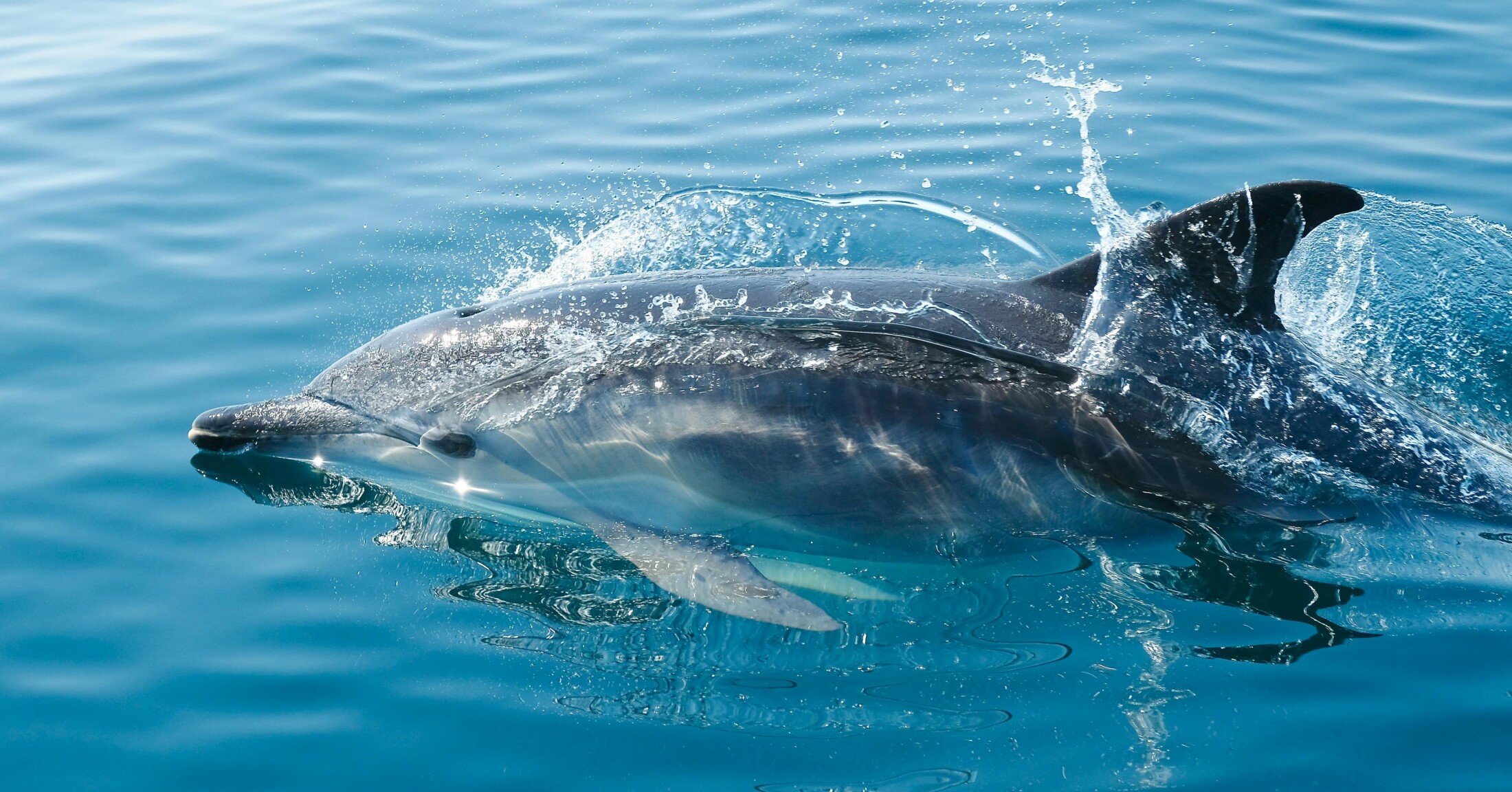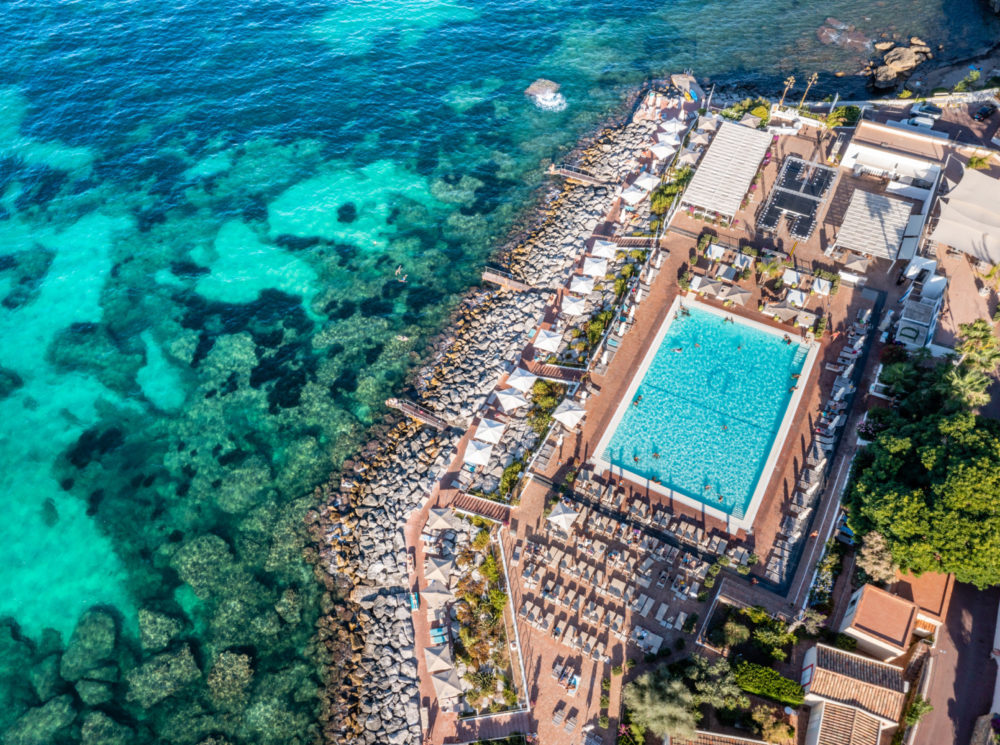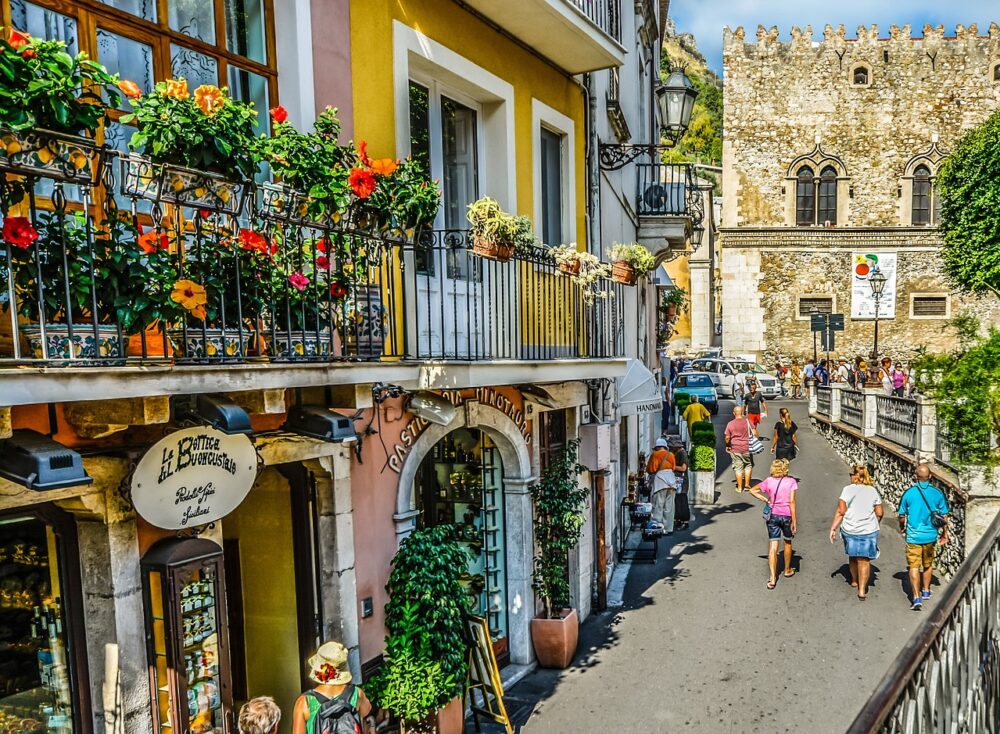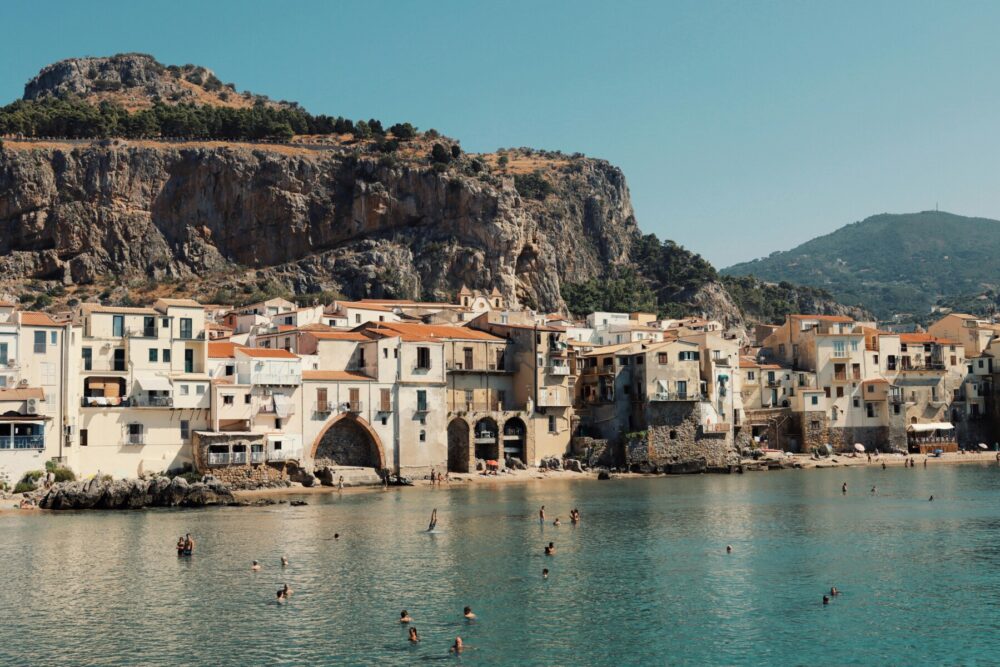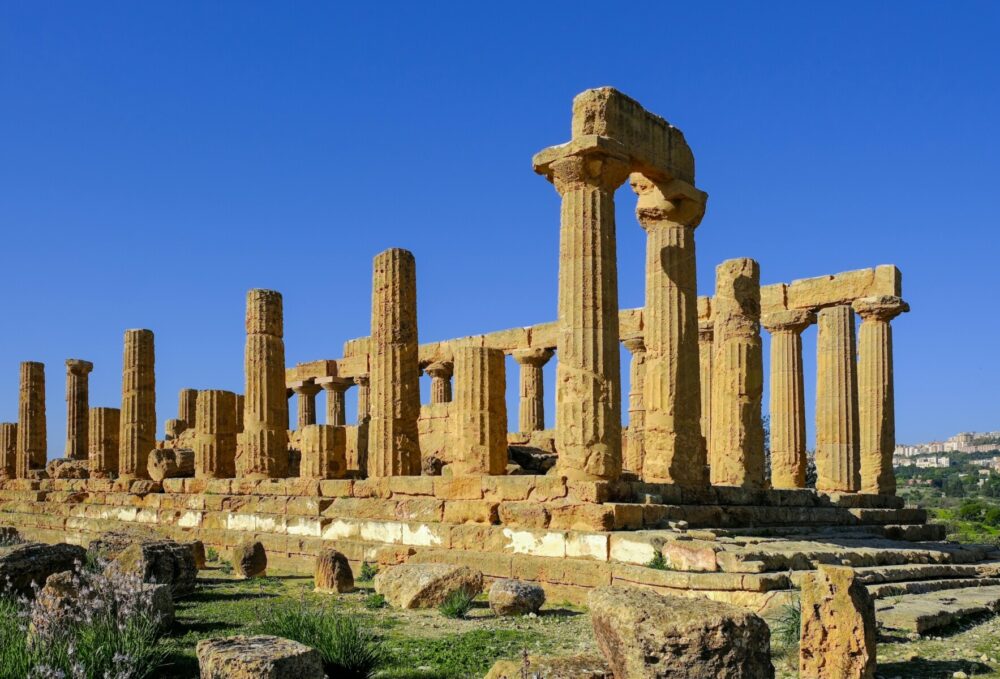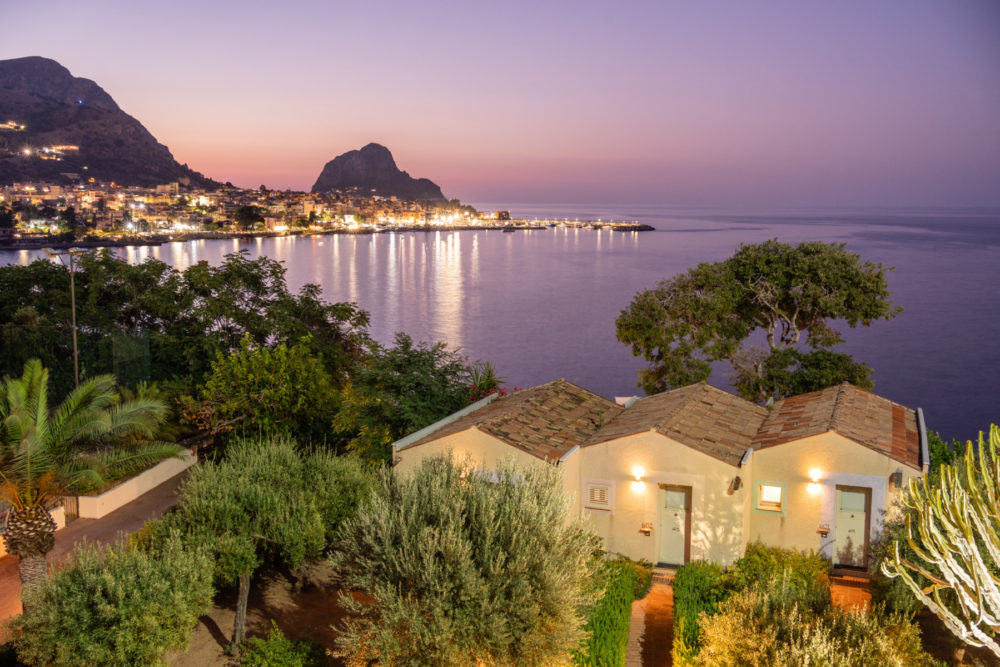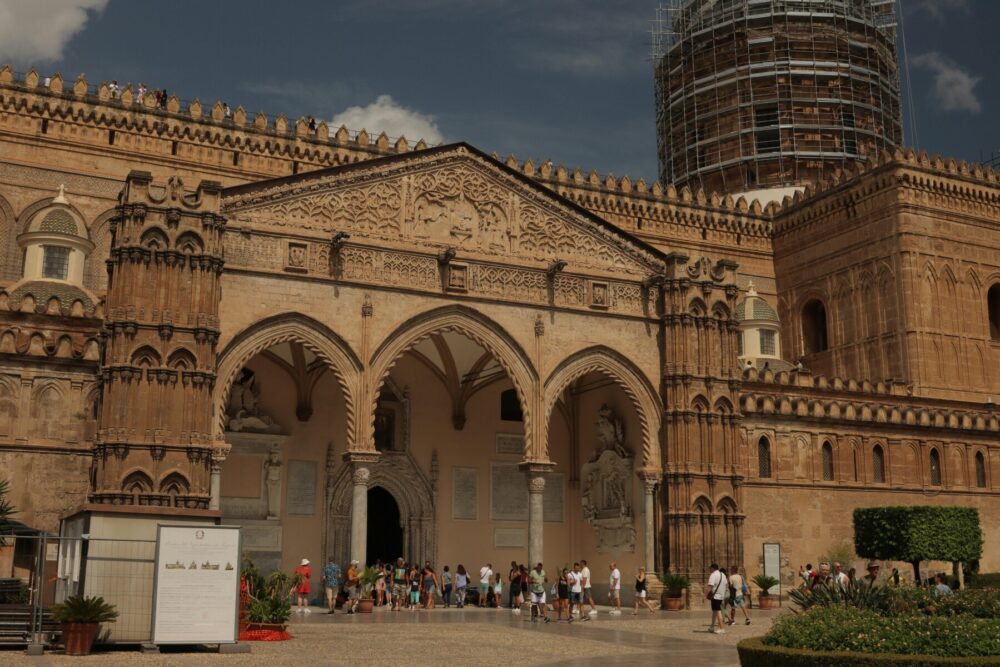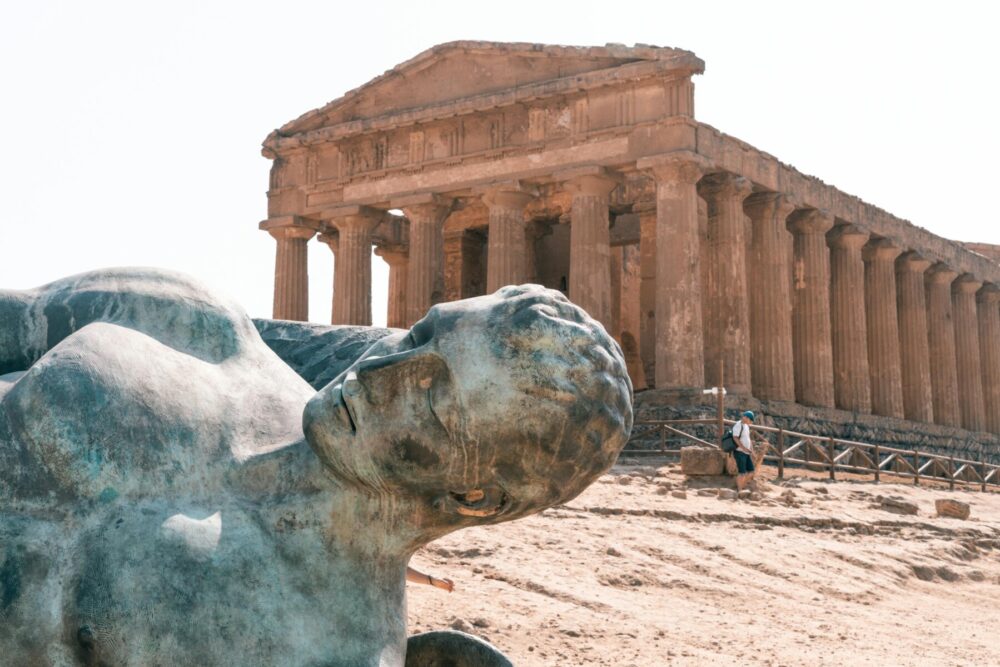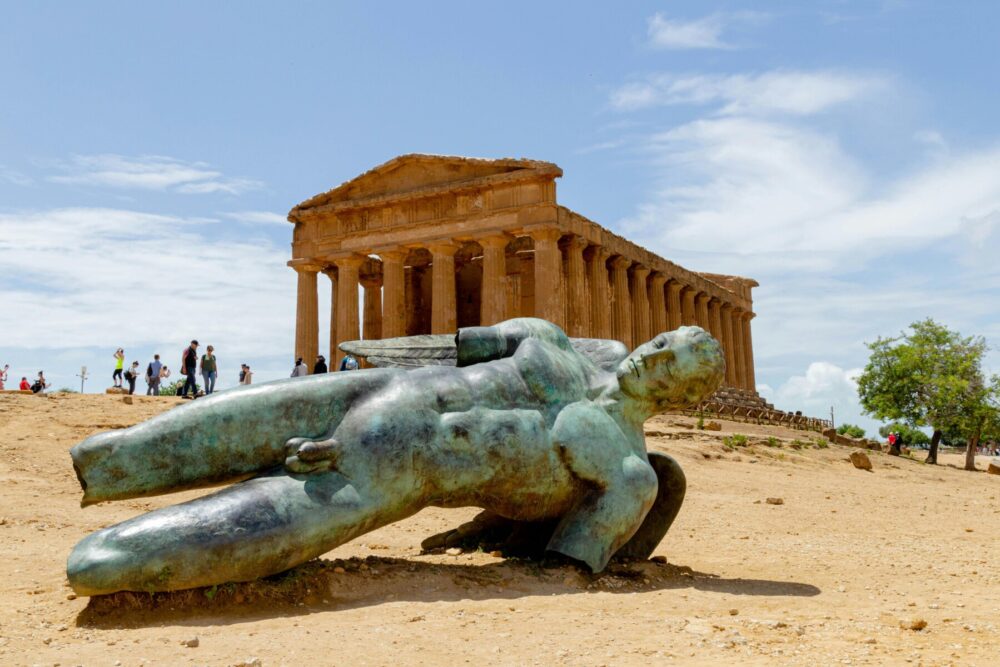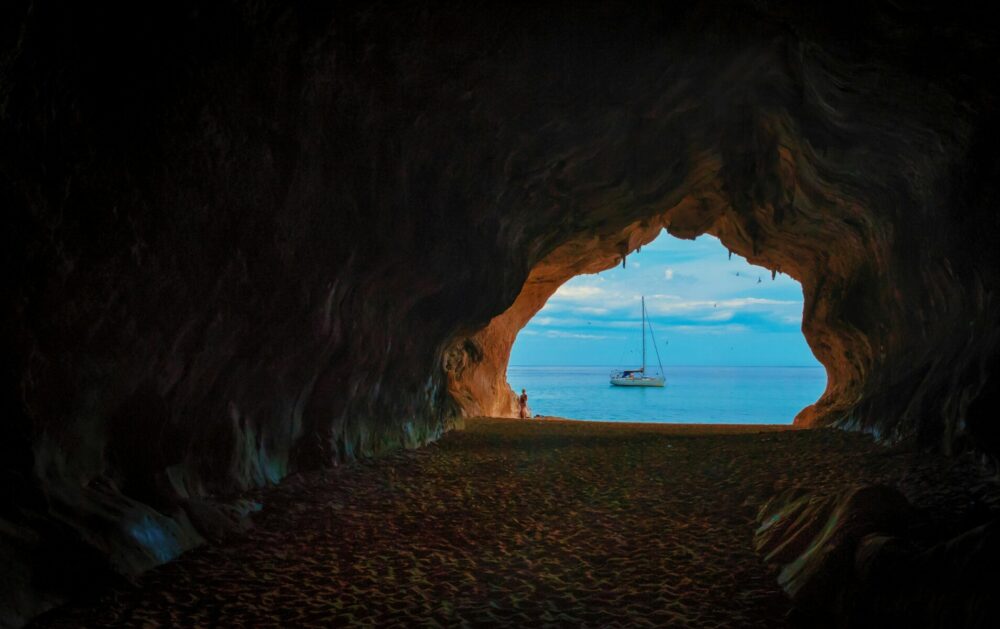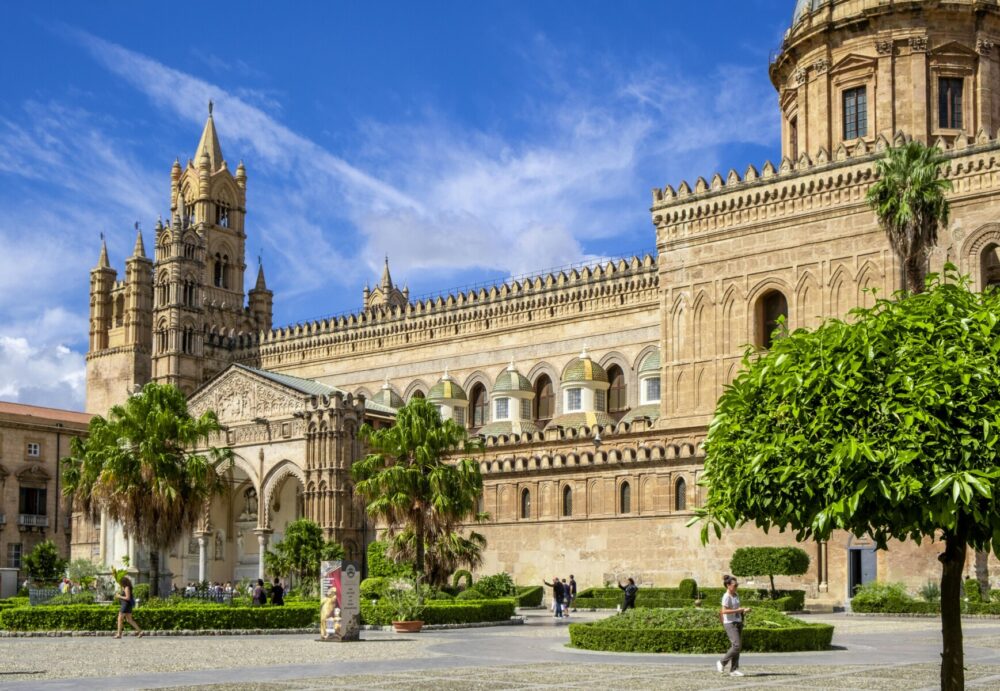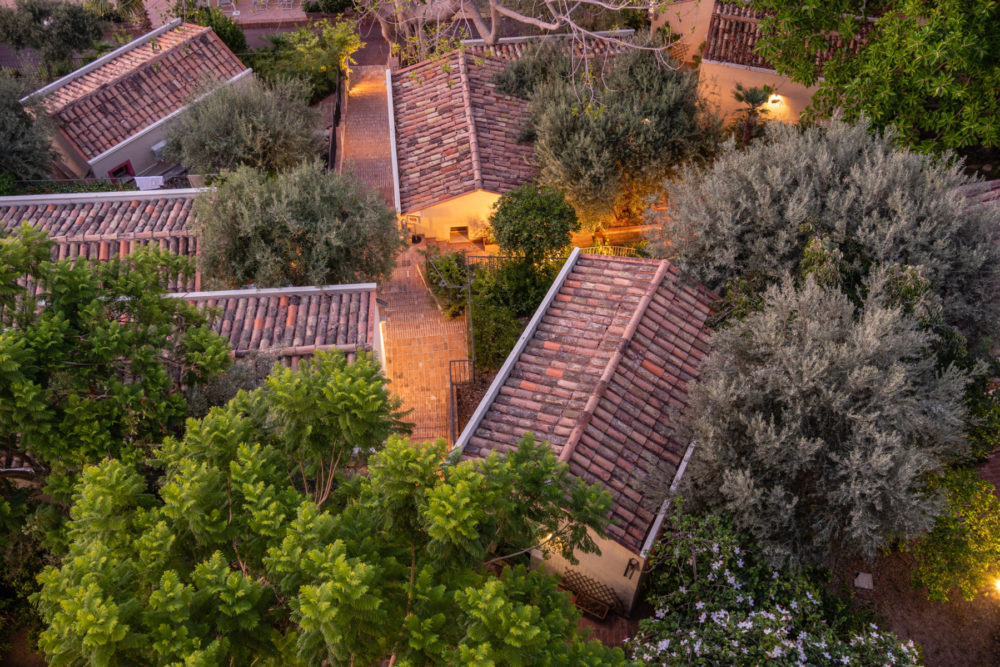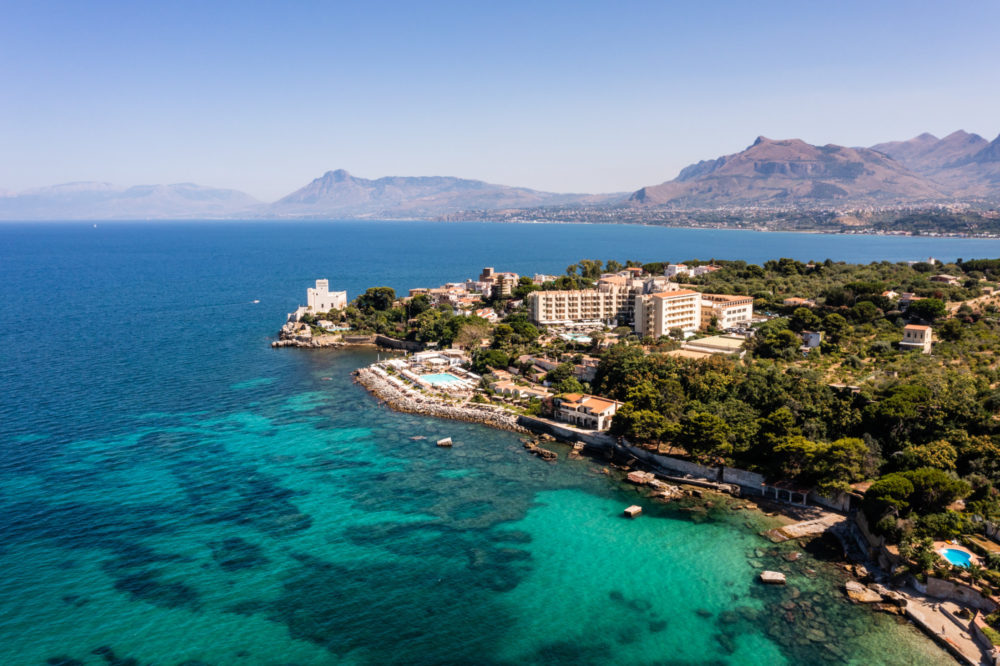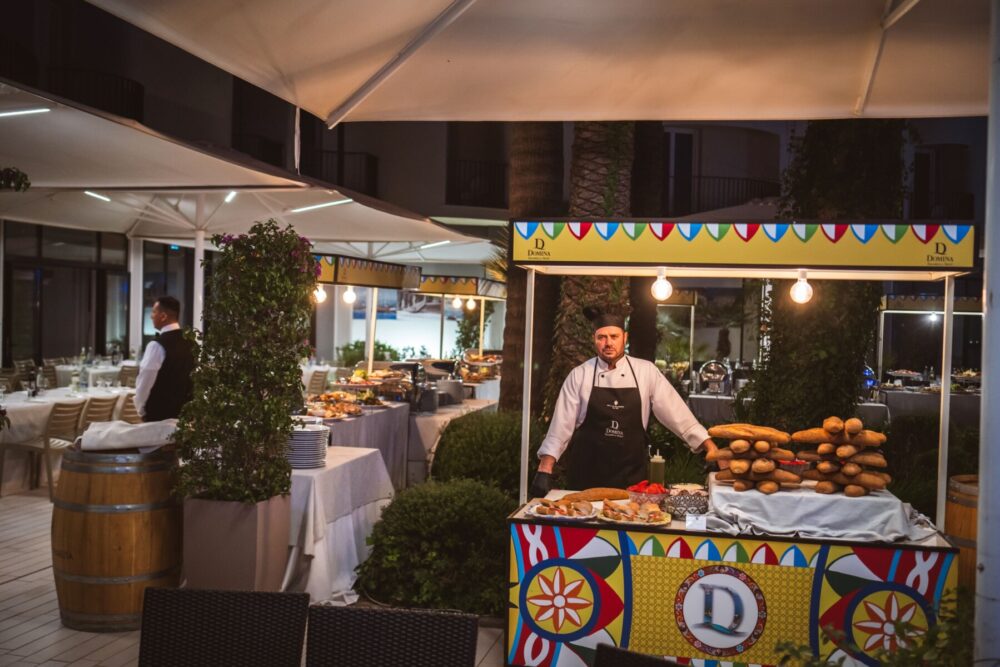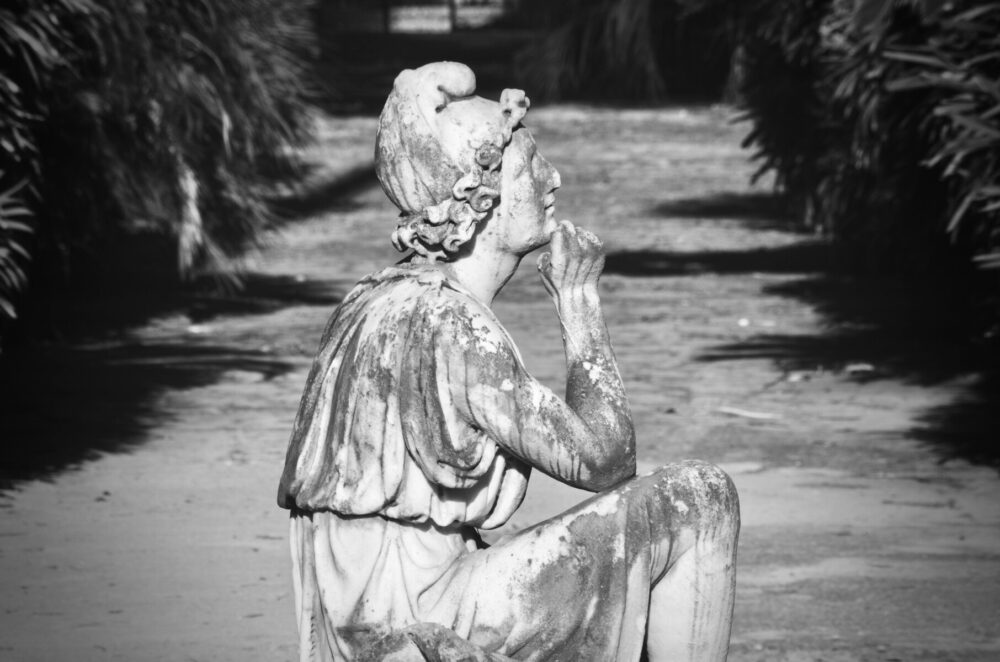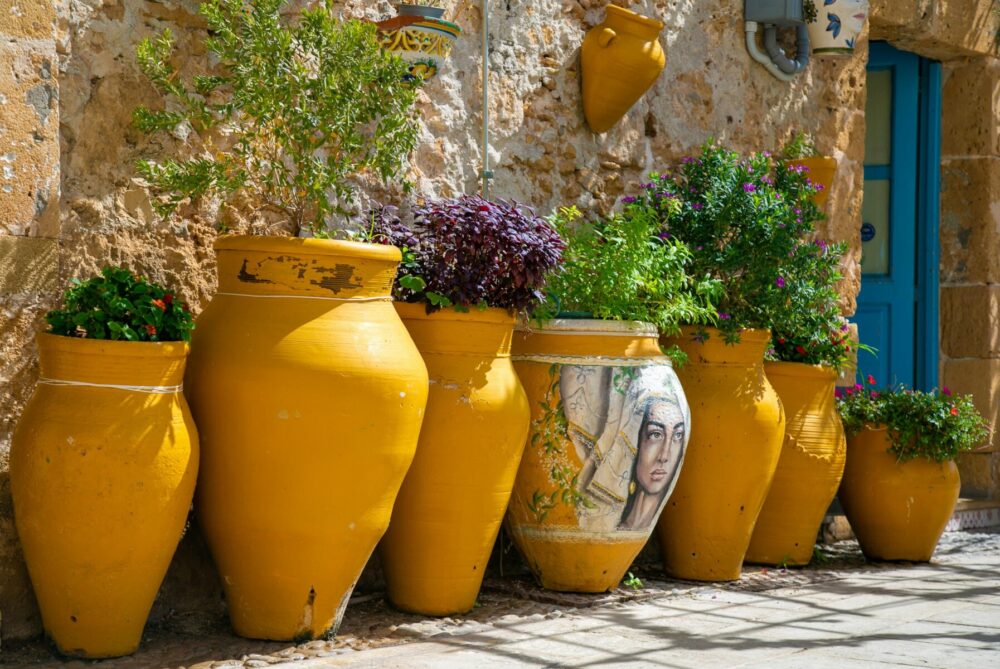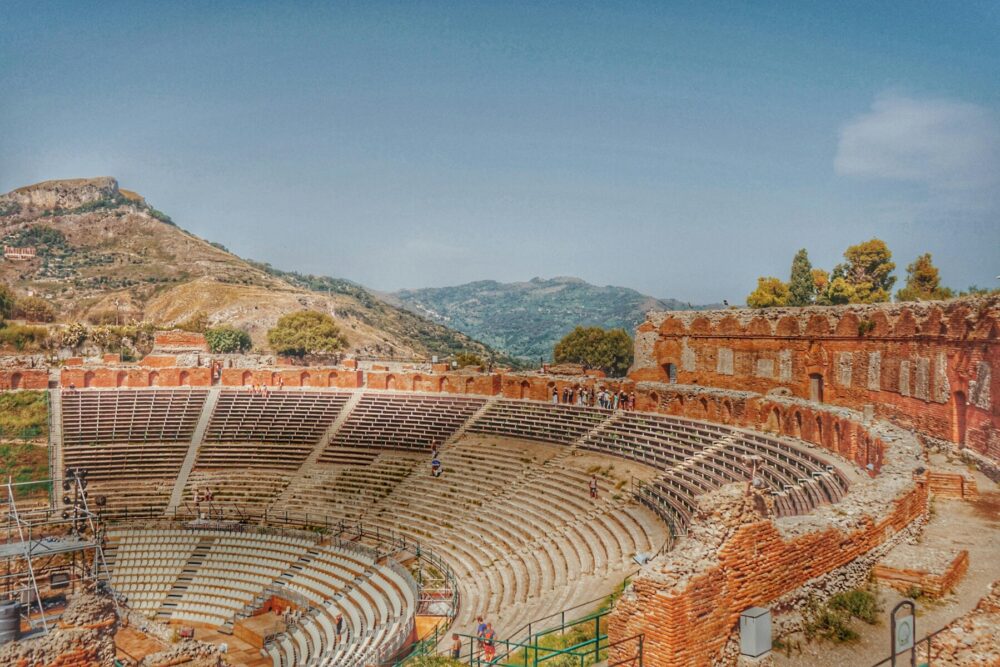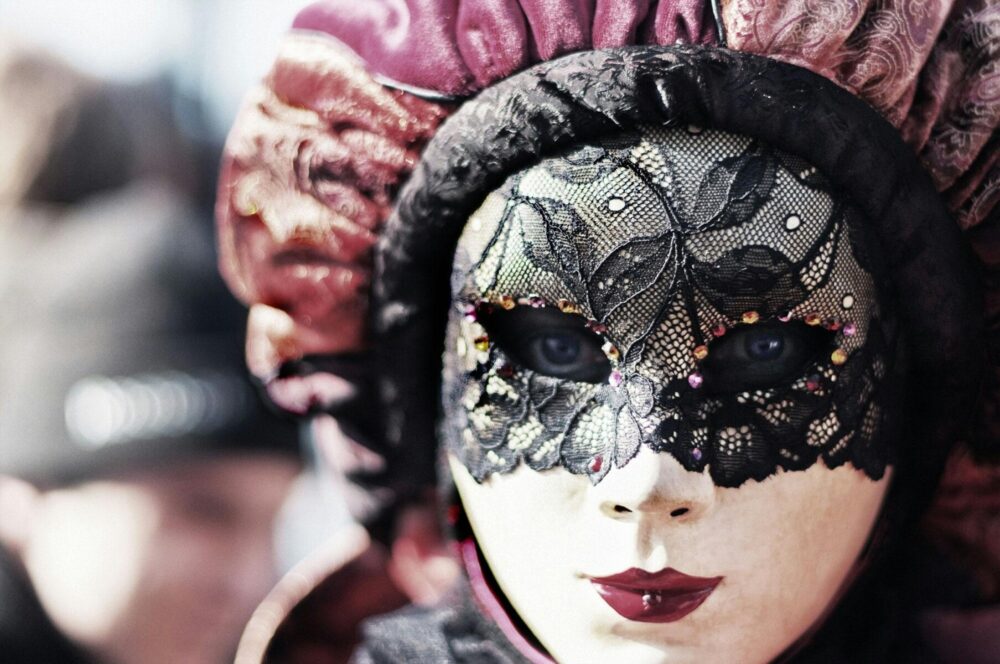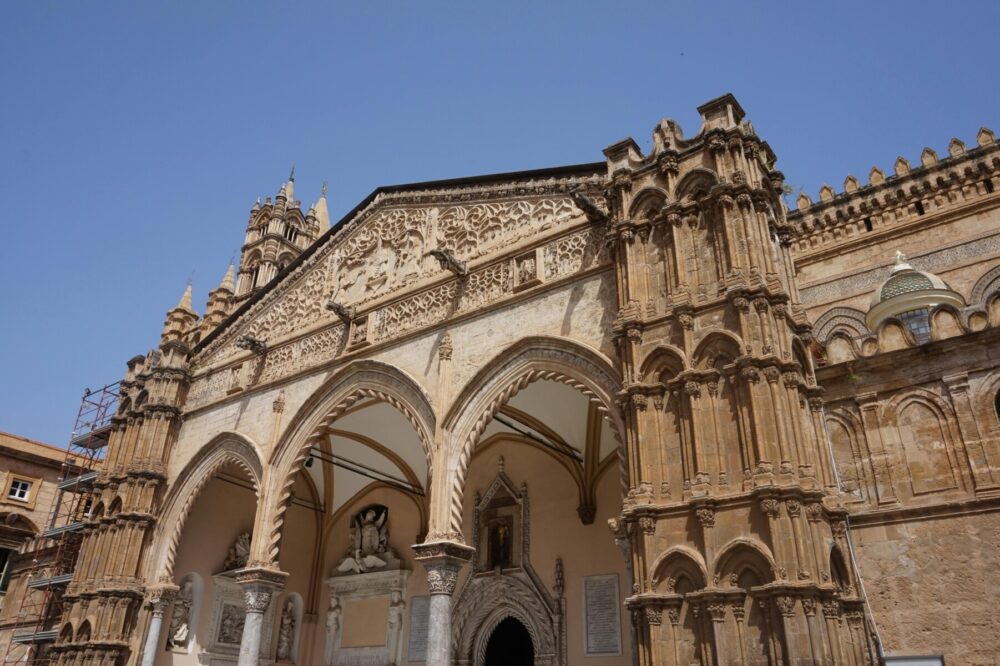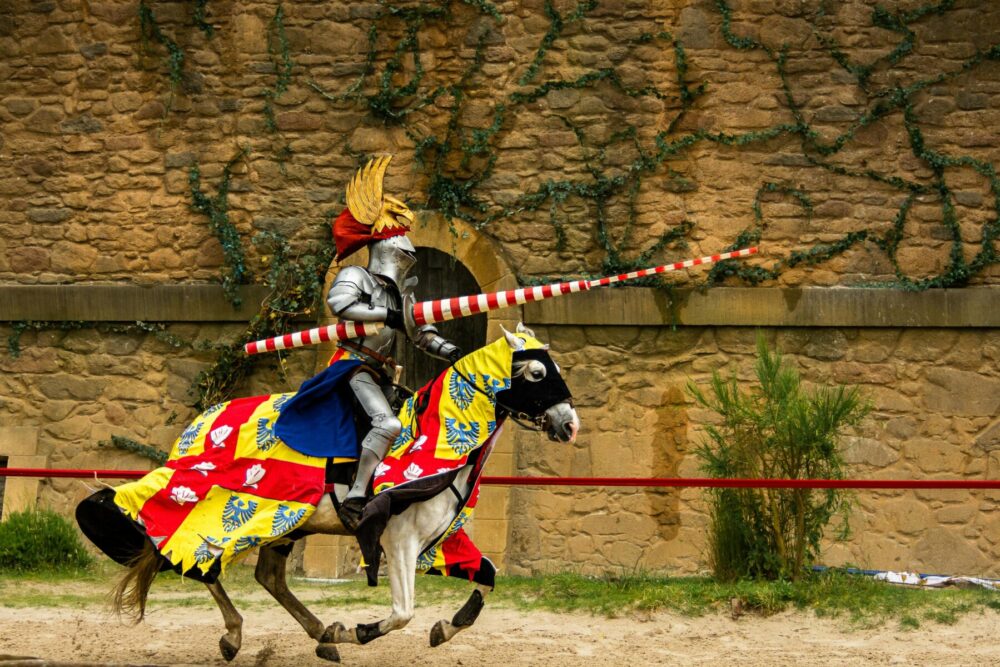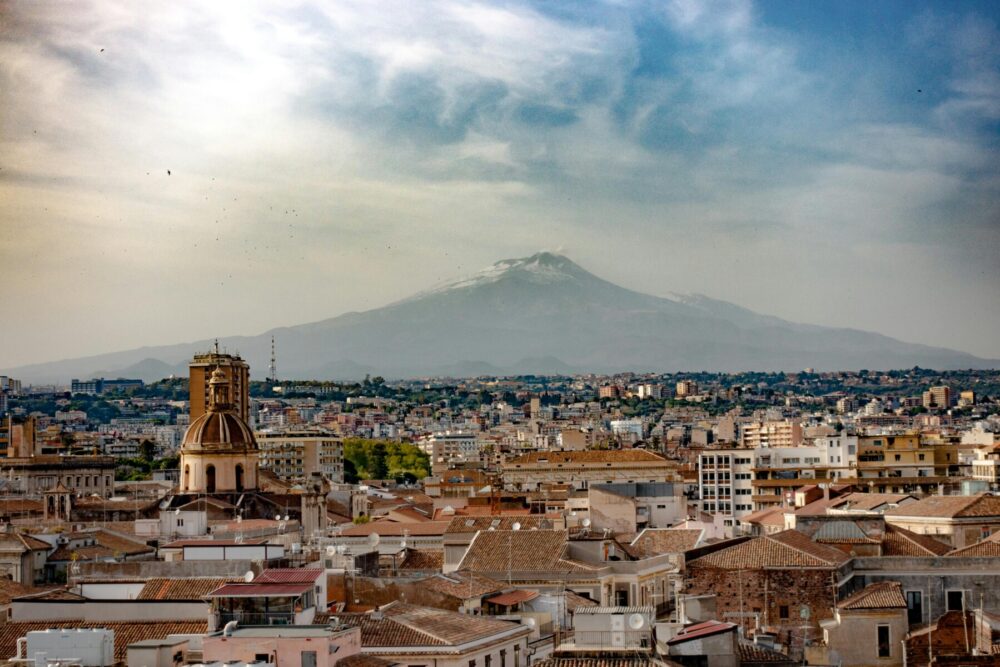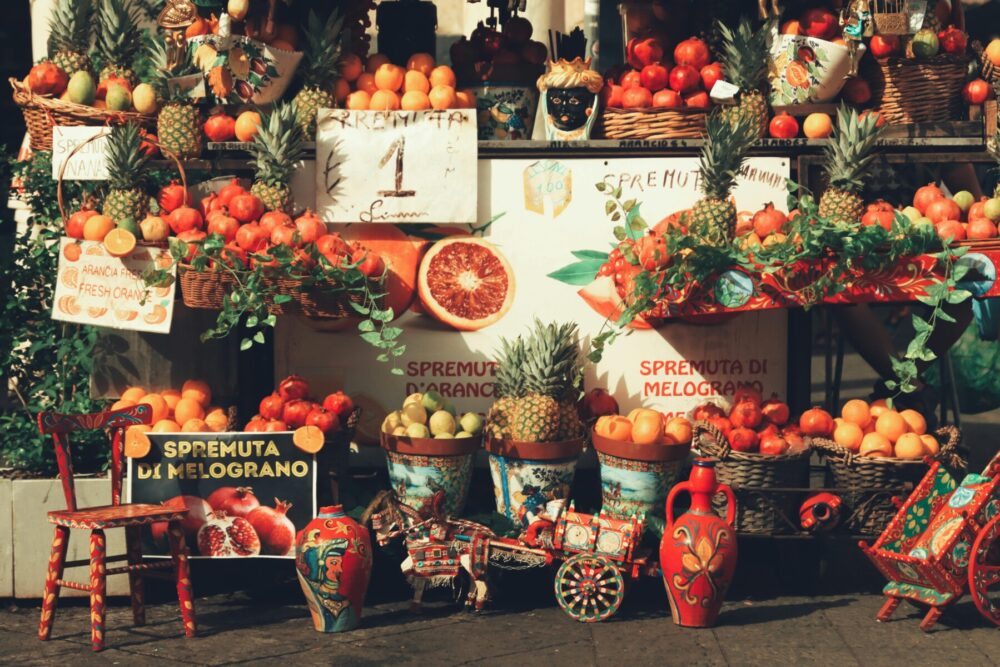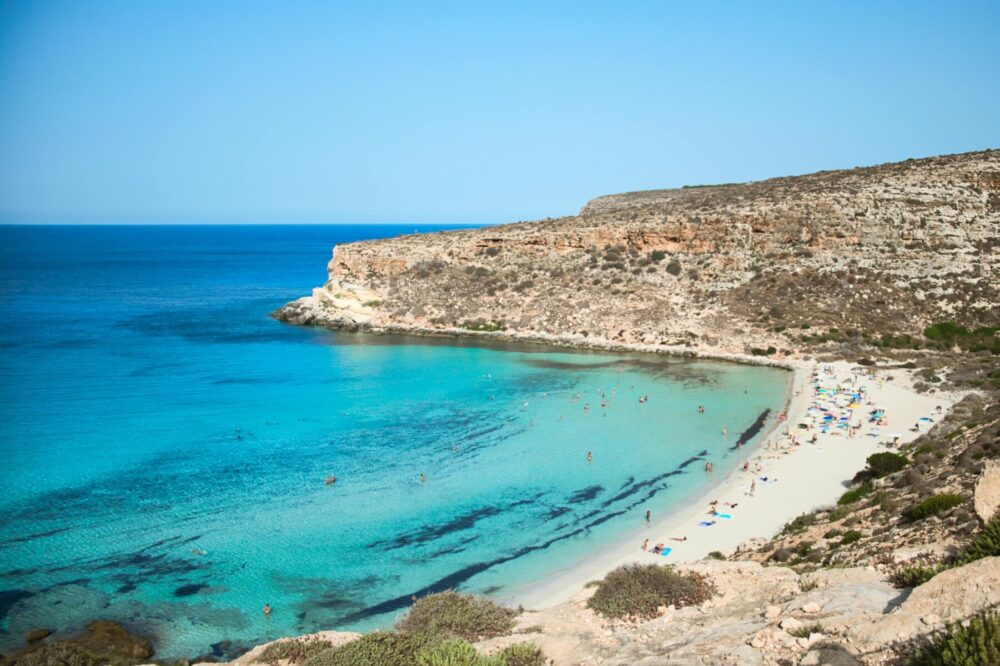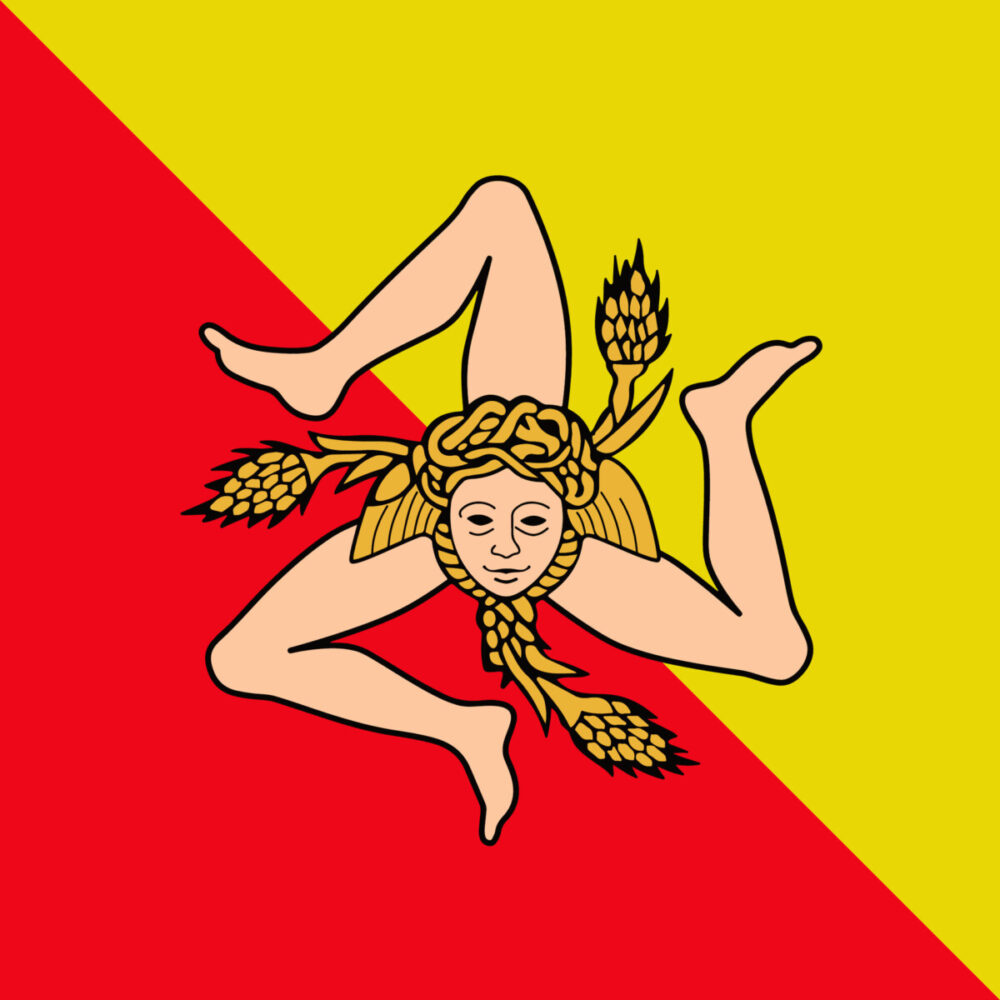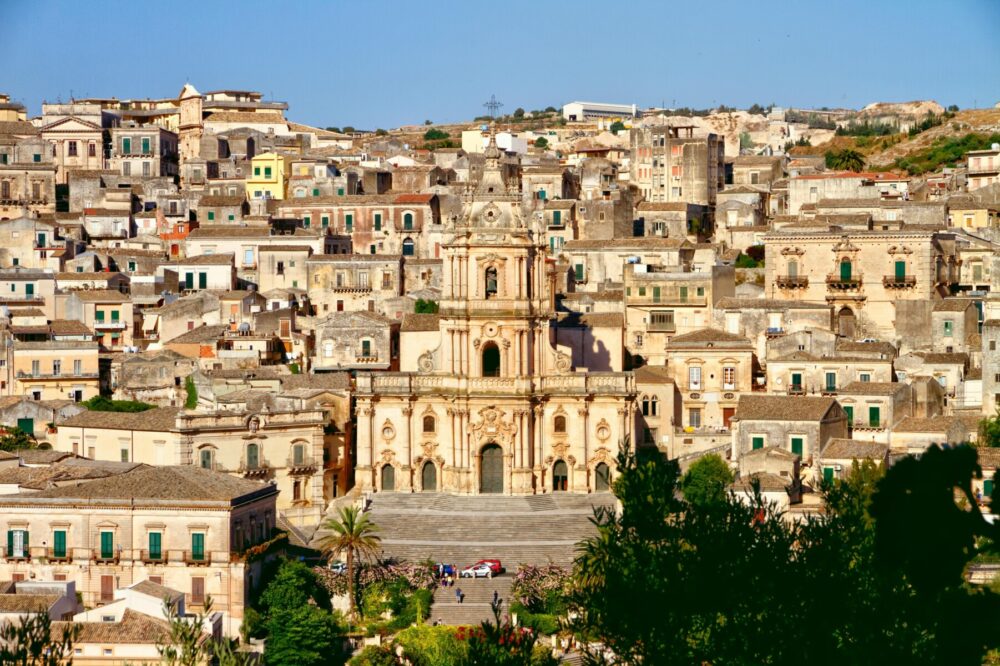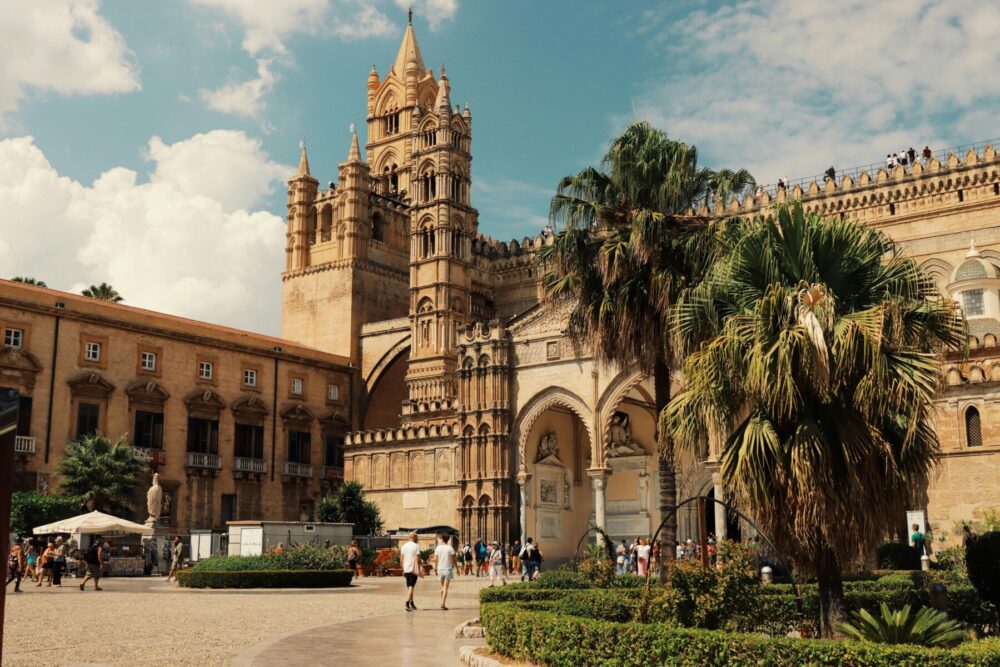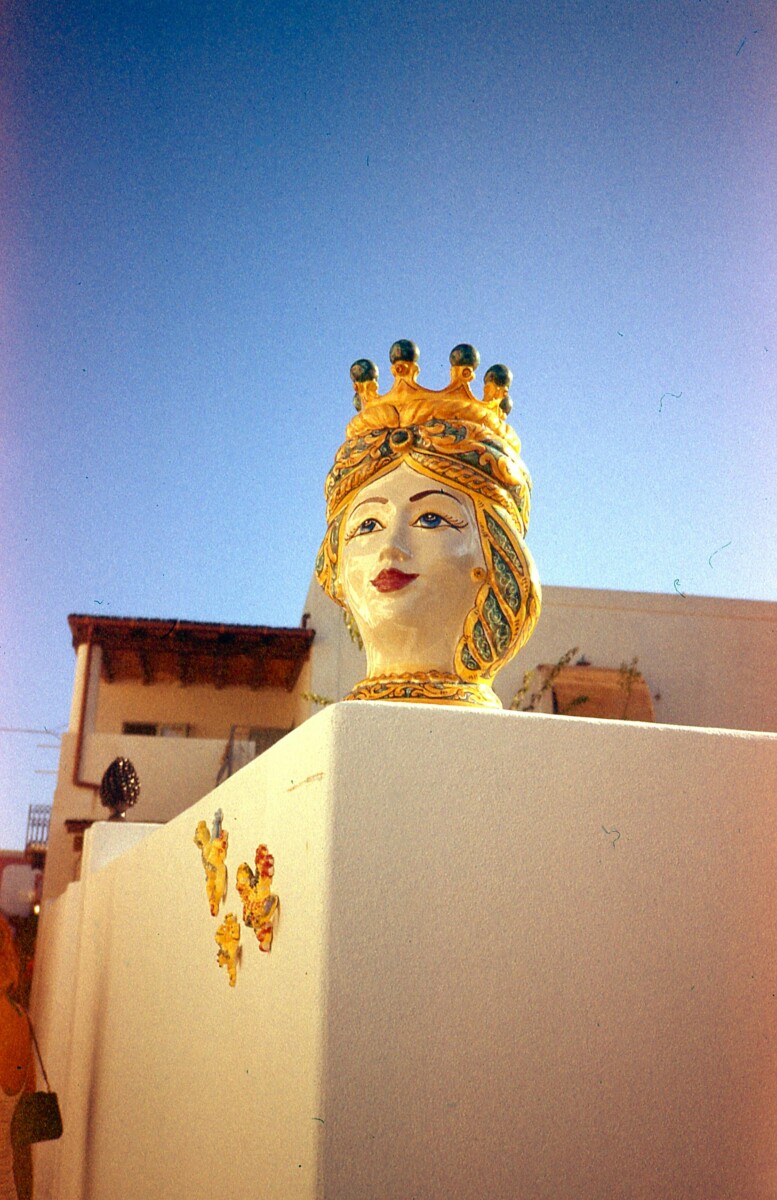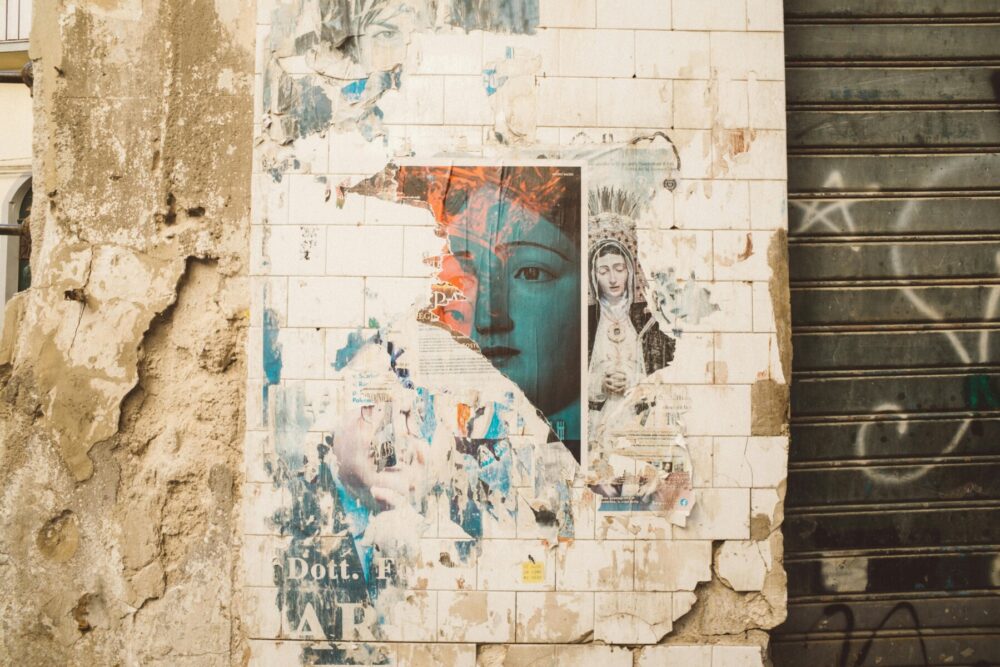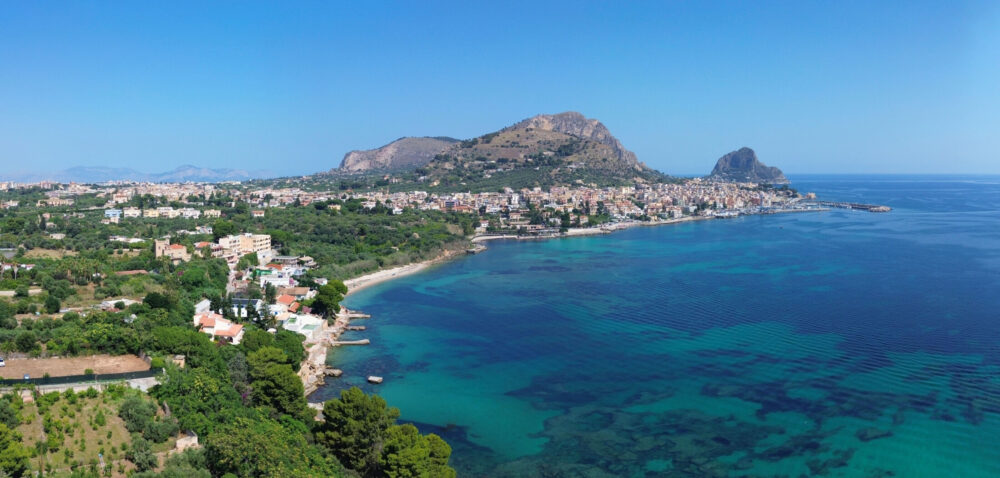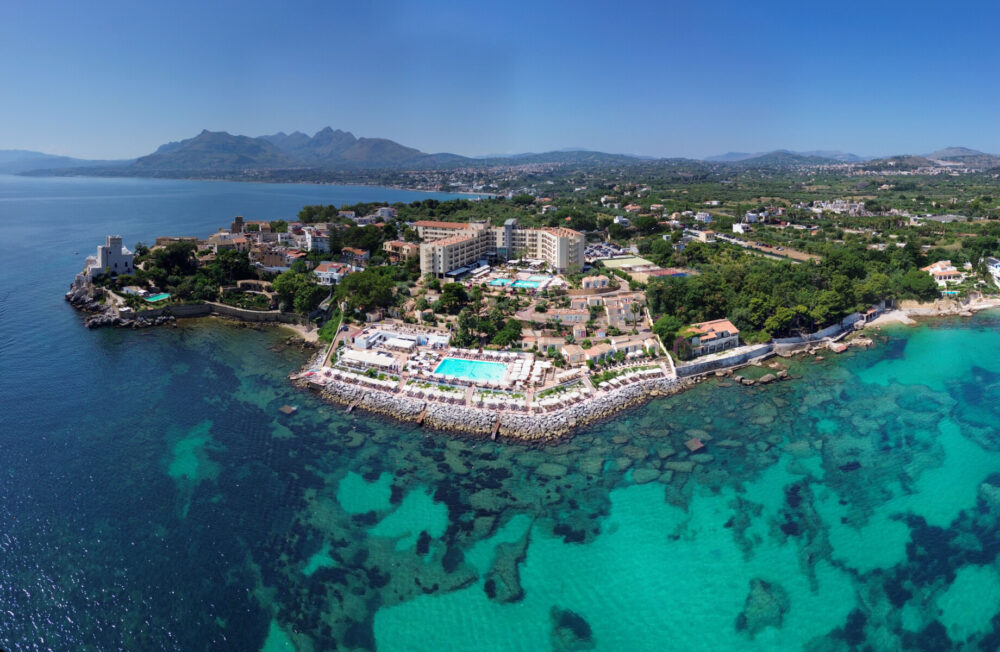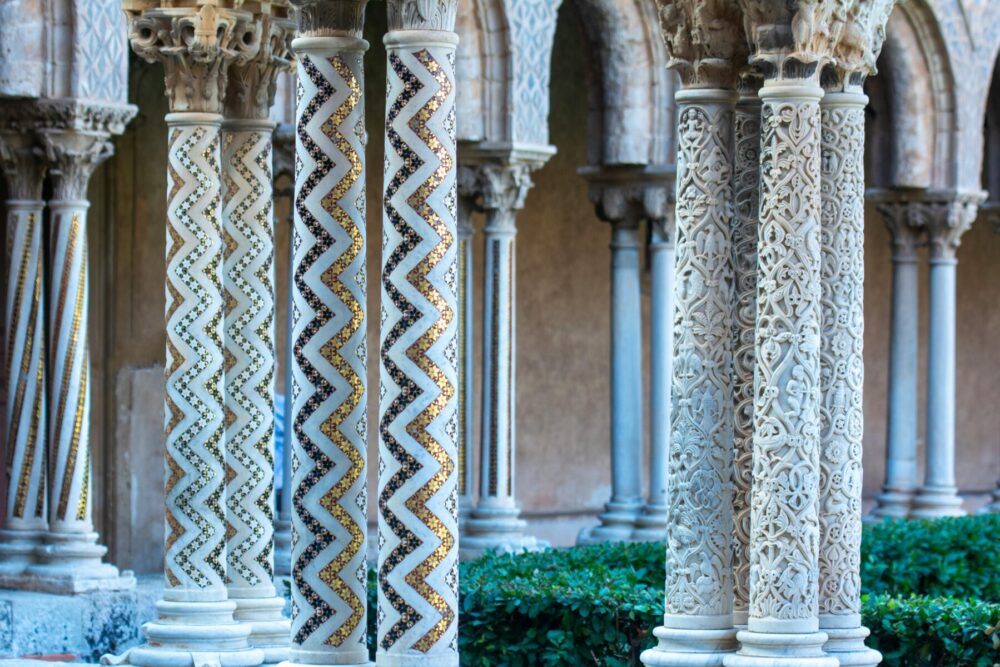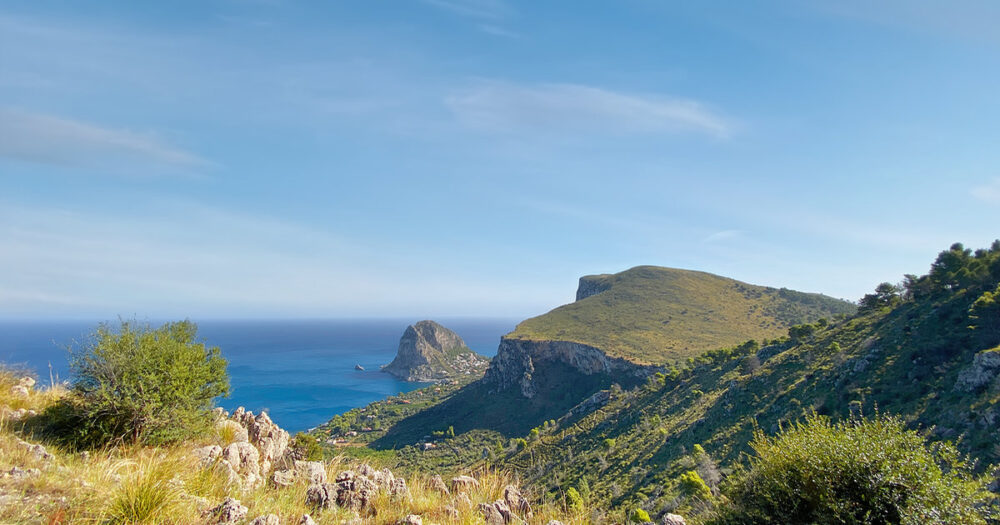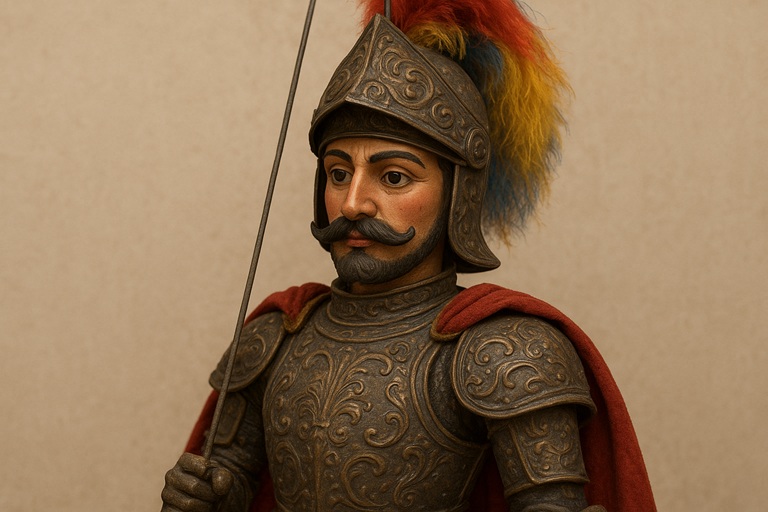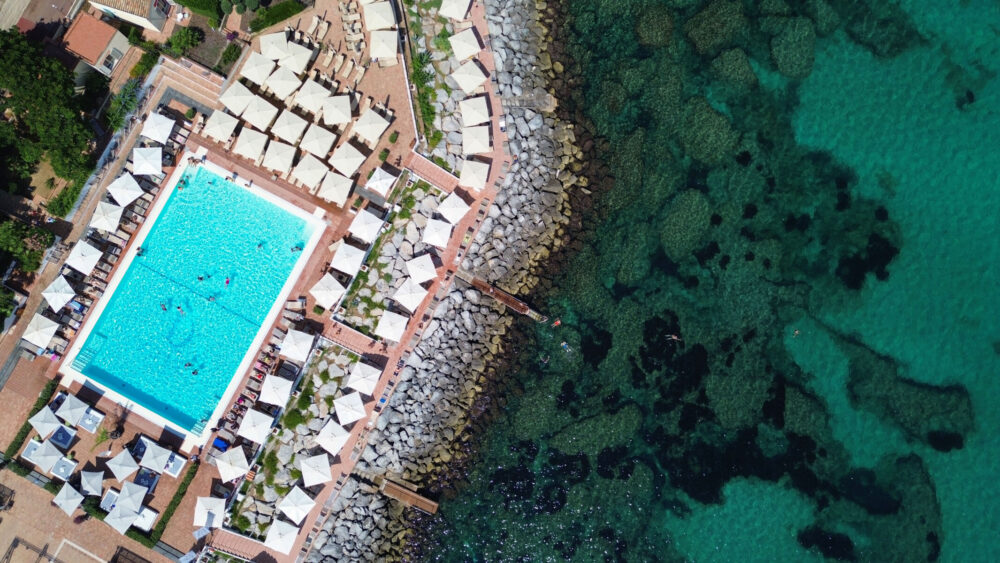Between History and Tradition: Sicilian Myths and Legends
Sicily, a land of sun and sea, is also an island rich in fascinating stories that intertwine with its millennia-old culture. Sicilian myths, passed down from generation to generation, are an intangible heritage that enriches the identity of this region. These narratives evoke an ancient world populated by gods, heroes, and fantastic creatures, which still influence daily life and local traditions. Discovering Sicilian myths is akin to embarking on a journey between history and fantasy, where each story unveils a fragment of the deep soul of this enchanting land.
What is the difference between a legend and a myth?
When exploring Sicily’s stories, it is important to distinguish between legends and myths, two narrative forms that, while similar, have distinctive characteristics. Myths are ancient tales that often explain natural or cultural phenomena through the presence of deities and supernatural beings. These stories are an integral part of the religious and cultural traditions of a community, offering a vision of the world and its mysteries. In Sicily, myths often involve figures such as Hades and Persephone, whose eternal love is linked to the island’s fertility.
Legends, on the other hand, are stories that develop around historical events or real figures, enriched with fantastic elements. Unlike myths, legends can evolve over time, adapting to cultural and social changes. In Sicily, legends often revolve around heroic figures or historical events, such as the story of Colapesce, a young man who sacrifices himself to support the island. While myths provide an explanation of the world, legends celebrate the identity and courage of a community, making Sicily a place where history and fantasy blend into a timeless tale.
What is Sicily’s most famous myth?
Sicily, with its ancient history and timeless charm, is a land steeped in myths and legends that continue to captivate visitors from around the world. Among the most fascinating stories stands the tale of Acis and Galatea, a love story intertwined with the wild beauty of Sicily’s coastline. According to legend, Acis was a young shepherd in love with the nymph Galatea, but their love was thwarted by the Cyclops Polyphemus, who was himself enamored with the nymph and blinded by jealousy. In a fit of rage, Polyphemus hurled a massive rock from Mount Etna at Acis, killing him. Heartbroken, Galatea transformed her beloved’s blood into a river—the Acis River—which still flows in Sicily today, an eternal symbol of an impossible love.
Like many other Sicilian myths, this tale not only enriches the island’s cultural heritage but also provides a captivating backdrop for those who choose to visit. Immersed in an atmosphere that blends history and legend, guests can explore Sicily’s natural and archaeological wonders, experiencing a unique journey that stimulates the imagination and enriches the soul.
Which animal represents Sicily?
Sicily, with its rich history and culture, is represented by a symbol that encapsulates the essence of this fascinating island: the Trinacria. This ancient emblem, which also adorns the Sicilian flag, features the head of the Gorgon (whose hair is made of snakes intertwined with wheat stalks), symbolizing the eternal cycle of life and the island’s fertility.
However, when considering an animal that represents Sicily, the majestic dolphin immediately comes to mind. These cetaceans that inhabit the crystal-clear waters of the Mediterranean Sea embody the freedom and natural beauty of the region. Dolphins are often spotted along Sicily’s coasts, offering a breathtaking spectacle to visitors and locals alike. Their presence is a reminder of the deep connection between land and sea, a bond that defines Sicilian identity. This island, with its stunning landscapes and captivating wildlife, continues to enchant travelers from all over the world.
The Myth of Scylla and Charybdis
The myth of Scylla and Charybdis is one of the most fascinating legends of Greek mythology, continuing to captivate travelers worldwide. Located in the Strait of Messina, this epic tale speaks of two sea monsters that pose a deadly threat to sailors. Scylla, a creature with six dog heads, was transformed by the sorceress Circe, while Charybdis, a devastating sea entity created by Zeus, had the power to swallow and spew out seawater, generating deadly whirlpools. Both symbolize the challenges and beauty of the Mediterranean Sea.
The story goes that near the rocks of Zancle, Scylla encountered Glaucus, a fisherman turned sea deity. Frightened, the nymph fled despite Glaucus’ attempts to explain his story. Desperate, Glaucus turned to Circe for help in winning Scylla’s love. However, the jealous sorceress, consumed by fury, cast a vengeful spell on Scylla, transforming her into a sea monster. It is said that from that moment on, Scylla took refuge in a cave beneath the rock where Ruffo Castle stands, near Charybdis.
Guests of the Domina Zagarella Sicily in Santa Flavia can discover Sicily by immersing themselves in a journey between myth and reality, admiring the rugged coasts and crystal-clear waters that have inspired poets and writers for centuries. This unique experience combines comfort and sophistication with the chance to witness first hand the magic of these legendary places.
Here, guests can indulge in an atmosphere of relaxation and refinement, enjoying exclusive services and personalized attention that will transform every stay into an unforgettable memory—not just a simple vacation, but a journey into the heart of myth. The natural beauty surrounding the resort, combined with Sicily’s rich cultural and gastronomic heritage, offers a unique opportunity to explore and discover the island’s wonders.
